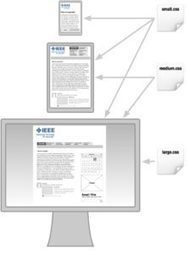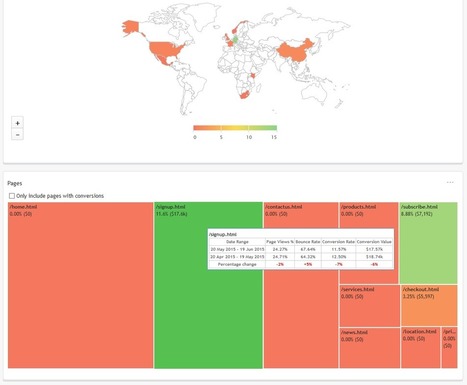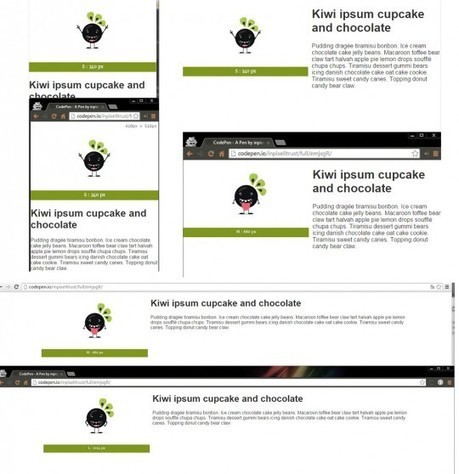In this article, we discuss what it means to use SSR. Server-side rendering (SSR) is a method of loading your website’s JavaScript on your own server.
Research and publish the best content.
Get Started for FREE
Sign up with Facebook Sign up with X
I don't have a Facebook or a X account
Already have an account: Login
 Your new post is loading... Your new post is loading...
 Your new post is loading... Your new post is loading...
|

gonzodesign's curator insight,
October 20, 2013 8:01 PM
Marrying server-side technology with responsive design techniques allows the server to do all the heavy lifting, while providing the visitor with a clean, high-performing Web experience. |


















We’ve already discussed some of the SEO benefits of server-side rendering: flawlessly crawled and indexed JavaScript pages, no more wasted crawl budgets or plummeting search rankings, no sluggish two-wave indexing process; just smooth, seamless indexation and the steady stream of Google traffic that comes with it.
SSR has even more advantages than the ones above.
It optimizes web pages for social media, not just search engines. When someone shares your page on Facebook or Twitter, the post includes a preview of the page.
It comes with a number of performance benefits that improve your website’s UX. SSR pages have a much faster load time and a much faster first contentful paint because the content is available in the browser sooner. That means less time your user has to look at a loading screen.
JavaScript is resource-heavy and code-intensive. Downloading it onto a browser using CSR contributes significantly to page weight. A single JavaScript file averages out to about 1MB, whereas web development best practice advises keeping the entire page under 5MB max.
The performance enhancements that come with SSR also have their own SEO benefits.
Google gives preferential search rankings to the sites with the fastest page load speed. Faster load times improve user metrics such as session duration and bounce rate; Google algorithms look at these metrics and give you an extra SEO boost.
Faster web pages. Happy search engines. Happy user.